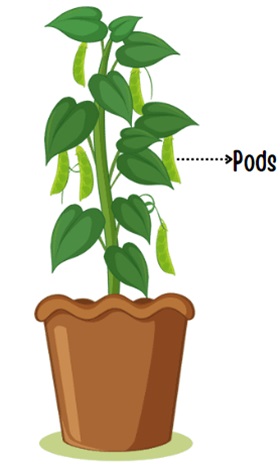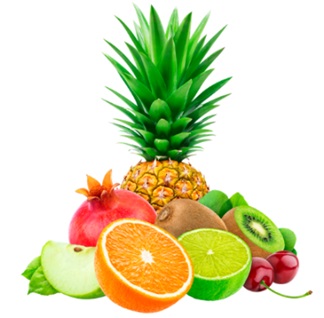Why do we Need to Eat Food
1. How Carbohydrates and Fats Are Different From Each Other Even Though They Both Are Made by Plants in the Same Process?
- Plants make food in the form of glucose which ultimately combines to form carbohydrates.
- Glucose is the basic unit of carbohydrates found in food.
- These long chains of carbohydrates link together to form longer chains of fats.
- Hence, it can be concluded that the chains of fat molecules are longer and more complex than carbohydrates.
- Another difference between fats and carbohydrates is in terms of energy produced by them. The energy released by fats is double the amount released by carbohydrates
2. What Is a Leguminous Plant? What Enables Leguminous Plants to Make Proteins?
- The plants which bear pods are called leguminous plants. Examples: Pea, gram, moong, etc.
- Leguminous plants have root nodules that are inhabited by a bacterium called Rhizobium. It helps convert the nitrogen in the air into a form that plants can use.
- Plants utilise this usable nitrogen during the process of photosynthesis to make proteins.

3. Why Does the Doctor Suggest Increasing the Intake of Raw Fruits When a Person Is Sick?
The intake of raw fruits helps in the following ways—
- Raw fruits are rich in vitamins and minerals, which help increase immunity that leads to a quick recovery.
- They are rich in water; hence keep the body hydrated.
- Raw fruits are rich in fibres that help in the digestion of food.

4. What Is Roughage? Why Should Roughage Be an Essential Part of Our Diet Even Though It Has No Nutritional Value?
The food rich in fibre and cellulose is considered roughage. Roughage should be an essential part of even though it has no nutritional value because it aids in the movement of food in the alimentary canal, thus improving the process of digestion.
Share

